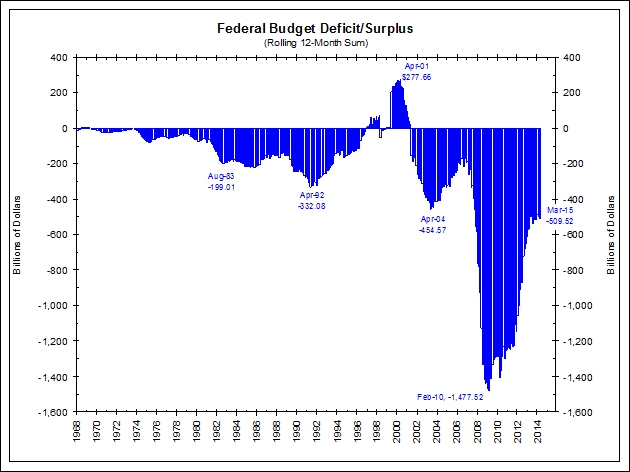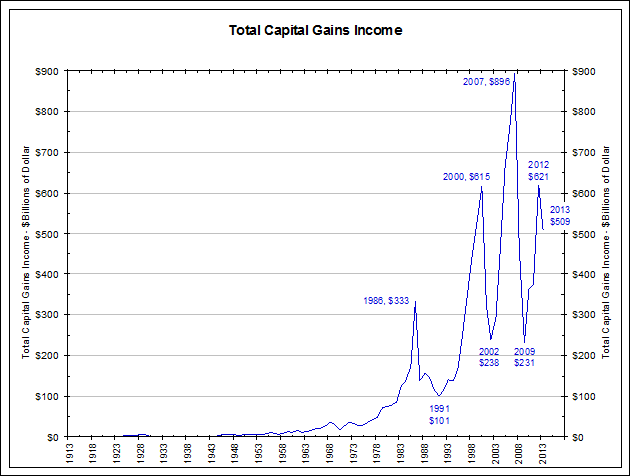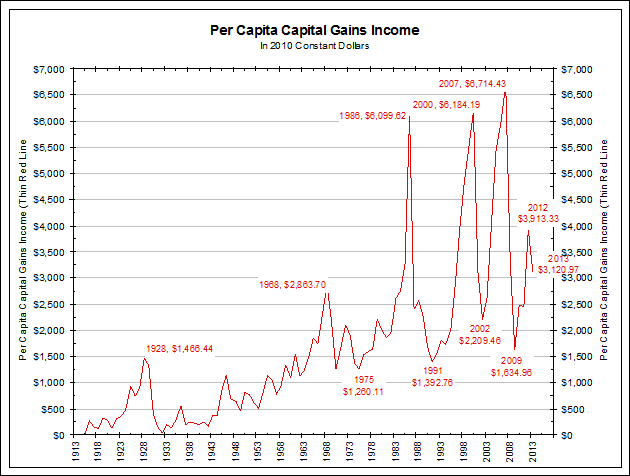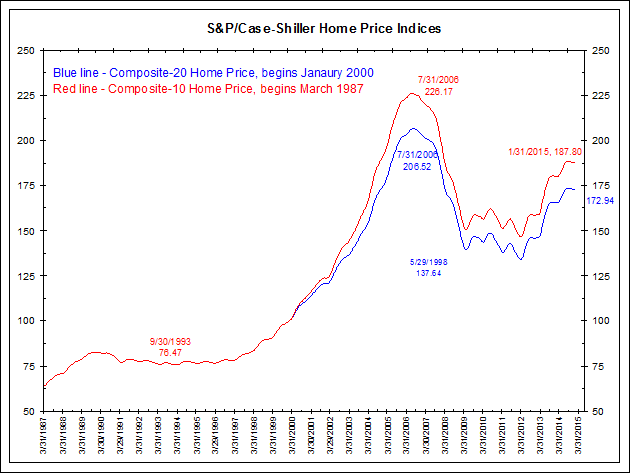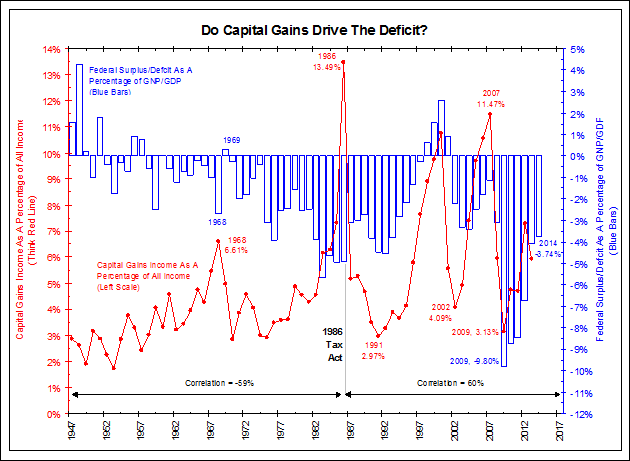- The Christian Science Monitor – Whatever happened to the big, bad federal deficit?
Spending is up in Congress and only one likely GOP presidential candidate has mentioned the ‘d’ word. What happened to the red ink menace?
Whatever happened to the big, bad federal deficit? You know, the red ink menace that was supposed to devour America’s fiscal future? We ask because the way Congress is acting the deficit must have gone into hiding. Look at how eager lawmakers were to whoop through the “doc fix,” the big bill averting (permanently) planned reductions in Medicare reimbursements for physicians. It passed the Senate today by a 92-to-8 vote, having squeaked through the House last month, 392-to-37. Yes, the move is popular, obviously. It resolves an issue that’s been a problem for years. Yet the doc fix is expensive, and only about one-third of its cost is offset by budget cuts. It’ll add some $141 billion to the deficit over the next 10 years.
Comment
<Click on chart for larger image>
So what drives the deficit? We have argued it is capital gains. The next chart shows total capital gains income that comes from IRS data and is compiled by Emmanuel Saez of Berkeley.
What jumps out about this chart is the amount of capital gains created in 2013 was down from 2012 and well off the 2000 (tech stock bubble) and 2007 (housing bubble) peaks.
<Click on chart for larger image>
Even if these capital gains are adjusted for population (per-capita) and inflation (2010 constant dollars), the total is still well off its 1986, 2000 and 2007 peaks.
<Click on chart for larger image>
In other words, the economy is not producing capital gains at the rate it was prior to the all-time highs in the stock markets (1986, 2000, 2007). This is probably because housing, a primary source of capital gains, is still well off its 2006 peak.
<Click on chart for larger image>
The next chart shows the relationship between capital gains and the deficit both before and after the 1986 Tax Act. Since 1986, capital gains have had a strong relationship with the deficit. Before 1986 this relationship was much more sporadic.
How does Washington close the massive budget deficit? Create capital gains!
<Click on chart for larger image>
While there are too many moving parts to accurately forecast capital gains, as they involve home prices, stock prices and confidence in the economic environment to transact, we believe they do drive the deficit.
Should the market tumble again, expect the deficit to widen. If the markets rally, including housing, expect the deficit to close. Politicians in Washington hate this conclusion since it essentially makes them hostage to a rising market.

